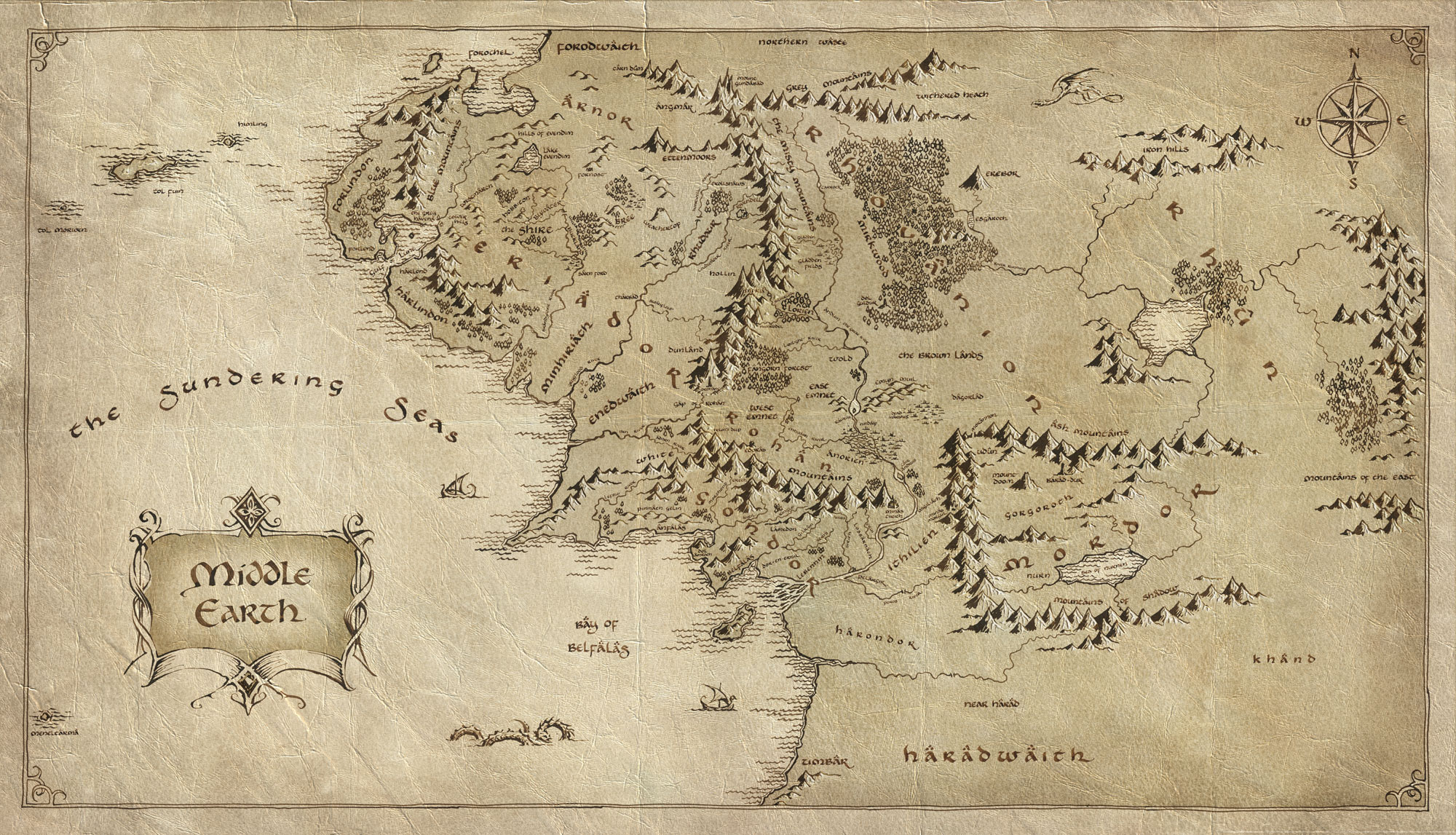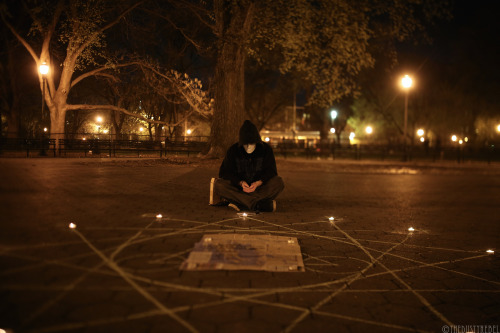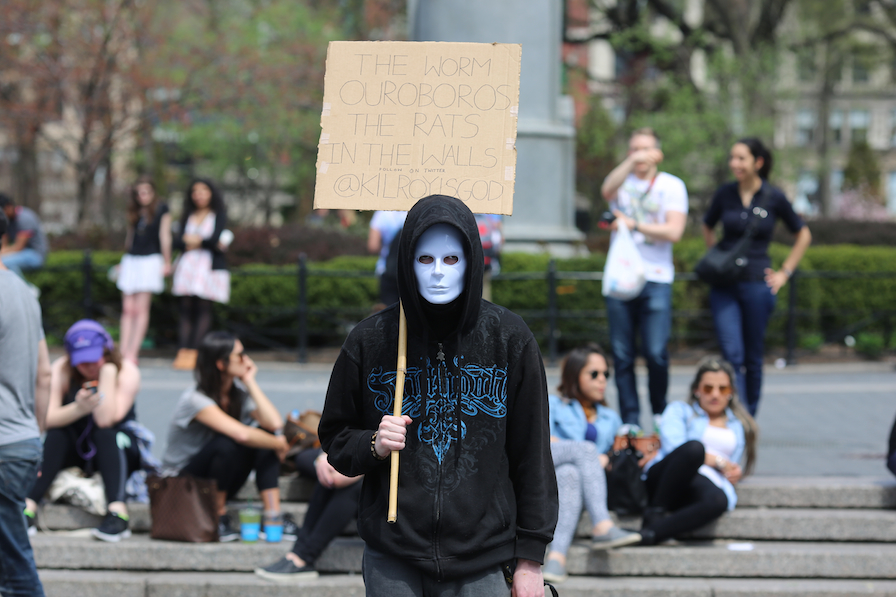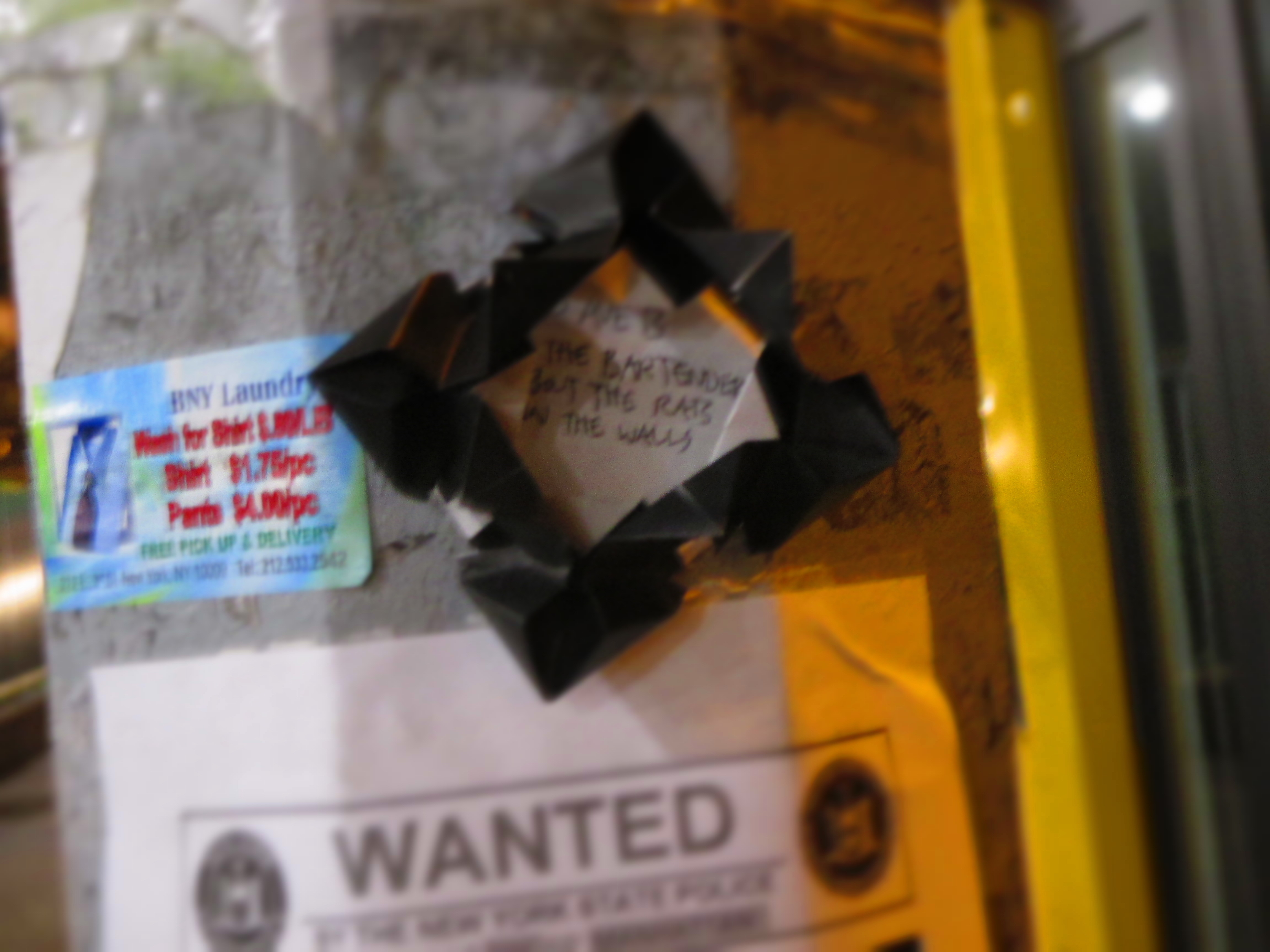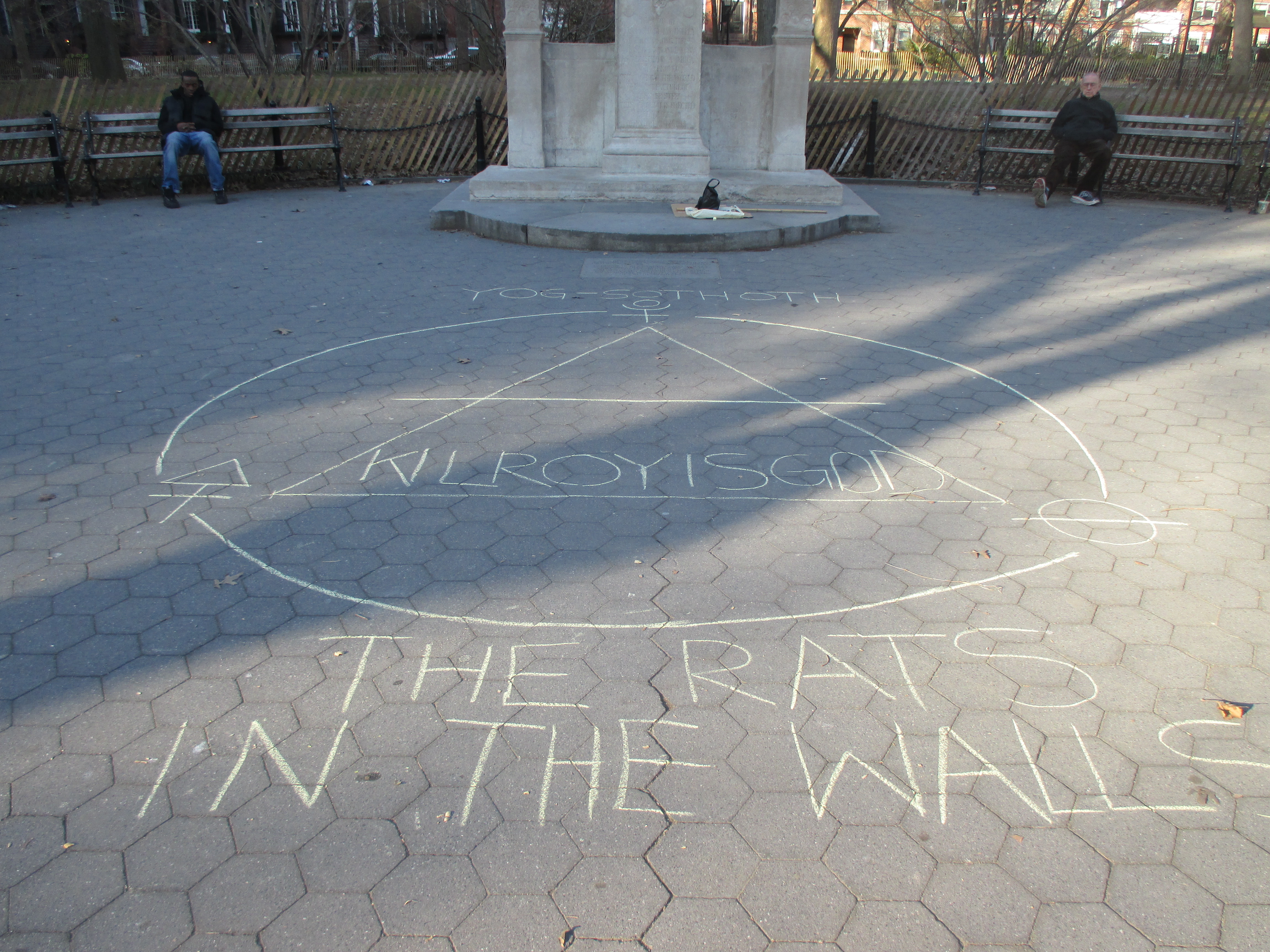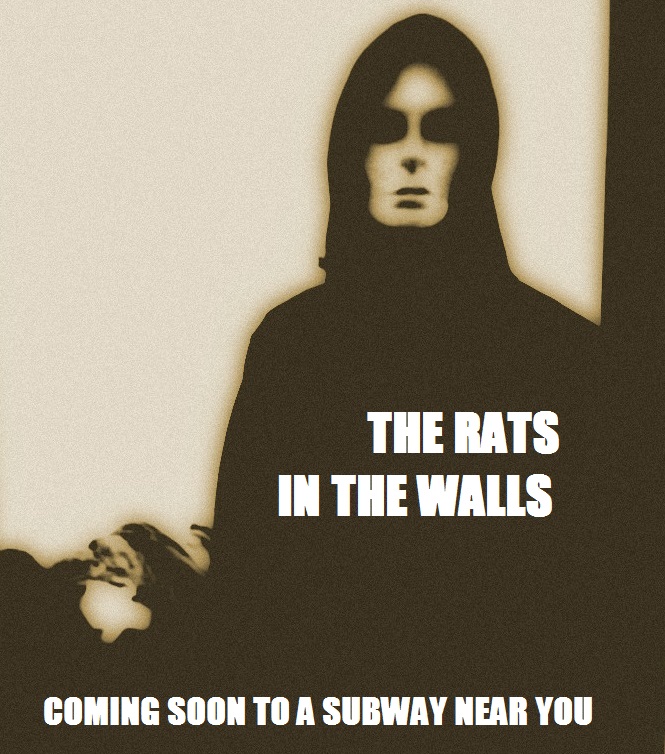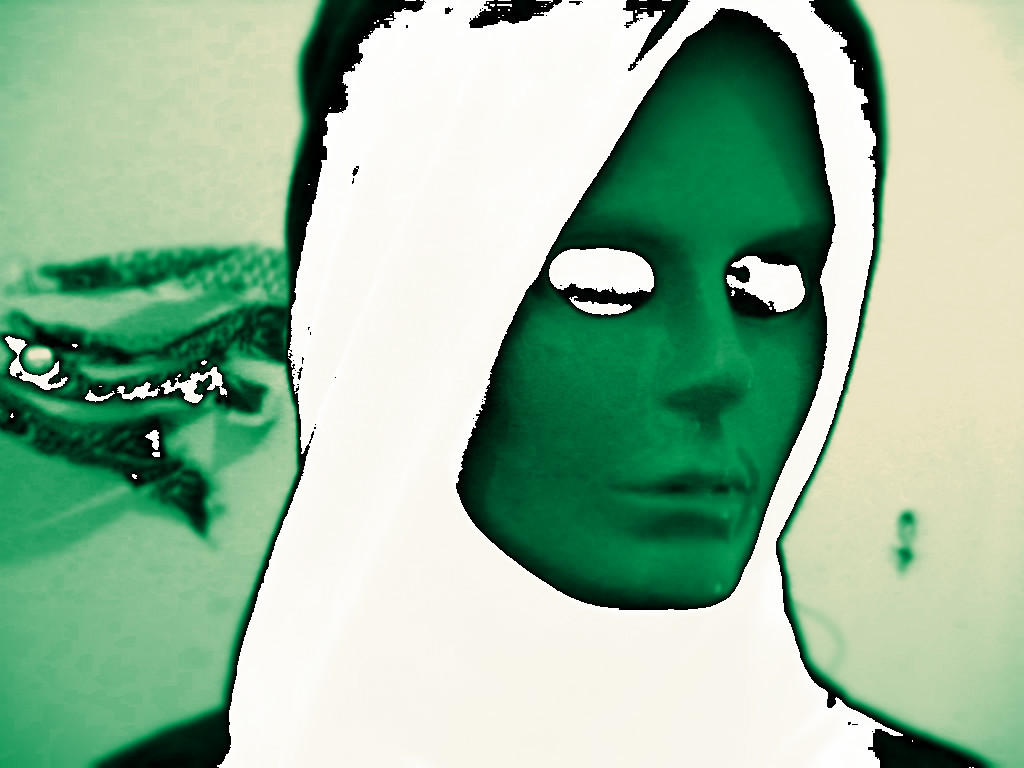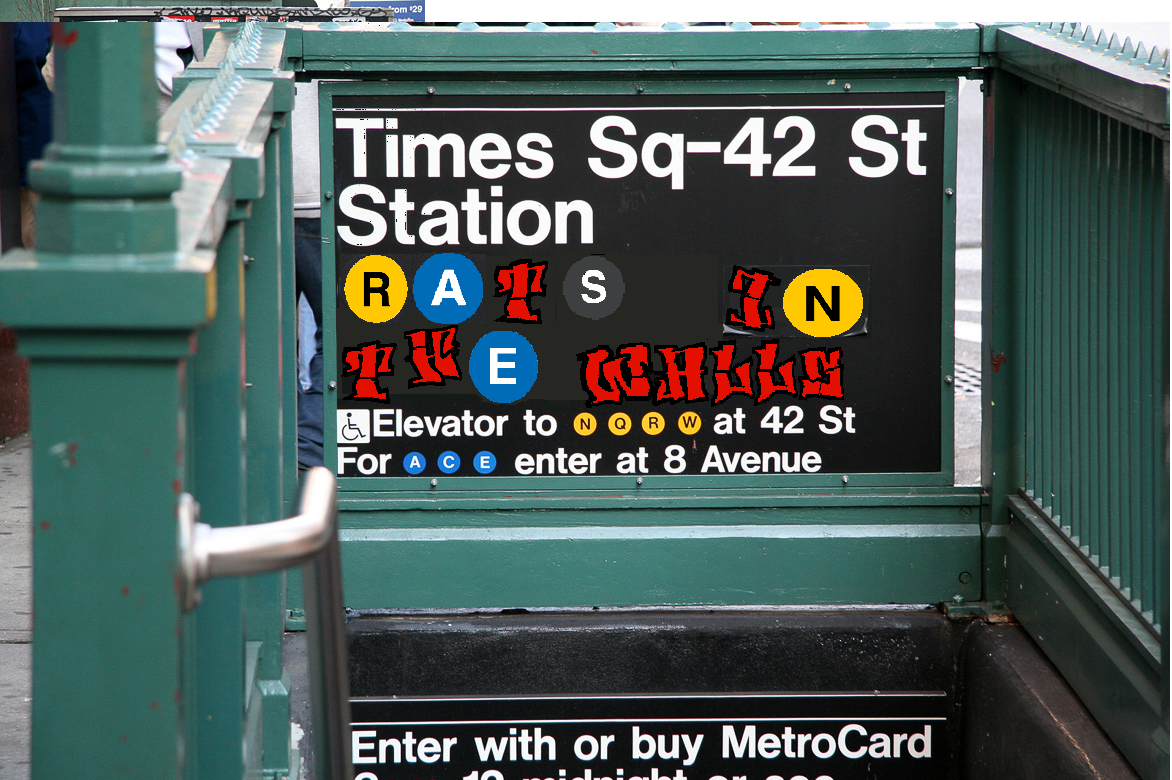This weekend, I decided to sit down and flesh out the notation and structure of magic in my world. One of the key problems I ran into is how to represent something’s ‘true name’. Ursula LeGuin and other fantasy writers have built magic systems based around invoking something’s ‘true name,’ which can be spoken aloud in order to gain power over the named thing. For example, Ged from Wizard of Earthsea learns the true name for ‘sparrowhawk’ and is subsequently able to call down a sparrowhawk from the sky by speaking its true name. During Ged’s time at Roke, the school for wizards, he meticulously learns thousands of true names, delving down into the names for the smallest thistles. Humans in Wizard of Earthsea also have true names, which they keep secret from all but their closest friends.
Looking at how true names work in Wizard of Earthsea, it seems like humans and animals follow different naming rules: there is only one person with the true name ‘Ged,’ but the true name for ‘thistle’ seems to apply to all thistles equally—they don’t get unique names. This issue comes up in Earthsea as well: when Ged learns the true name for ‘goat,’ he speaks it aloud and causes goats to gather around him. He gets scared and yells it again, trying to make the goats go away, but it causes the goats to crowd closer around him. How did Ged’s invocation of ‘goat’ affect several goats, while his later invocation of ‘sparrowhawk’ only called down the single sparrowhawk? How does a wizard narrow his invocation to a single target, or specific group of targets?
TAXONOMY, TRUE NAMES, and NAMING A THOUSAND THINGS
Think about it: giving each person a unique ‘true name’ is relatively simple, but giving every grain of sand and tree a unique ‘true name’ becomes overwhelming. If all discrete objects and people are supposed to have separate existences, everything must have a distinct metaphysical identifier, or ID. You couldn’t target a specific person or thing with a spell unless they had some kind of identifier that set them apart from all other possible targets. But with all the trees, rocks, oceans, and birds in existence, the names given to each discrete thing would become very long and complicated in order to ensure that they were unique. This is a problem of taxonomy.
This is the first problem: coming up with a naming system that has the potential to offer everything in existence a unique identifier. The second problem is notation: how does a magician represent these names? What kind of notation would allow those complex names to be compressed into something manageable when trying to write or speak them?
These questions made me look into binary notation—computers can create symbols, images, and sounds based on binary instructions of 1’s and 0’s. Everything in the universe, except for irrational shit like pi, has the potential to be represented in binary. You could say the universe itself is made up of opposites, like Leibniz claimed. The same idea is represented in the I-Ching, which uses binary in a form of divination. So binary will be the metaphysical basis for representing my universe numerically and alphabetically. But binary numbers are extremely long because they only use two bits of information, so there has to be a way to compress them. The answer, I decided, is hexadecimal and octal numbers (octal because the I-Ching uses an octal structure, and I’d like to incorporate it into my magic system at some point), as well as ASCII to translate the binary into letters.
But how would magicians themselves translate the ASCII-like binary numbers into letters or sounds? I decided to draw on Vocaloids, which have specific encodings for each phoneme, or distinct sound, in their language. Using the Vocaloids as a template, magicians could become text-to-speech translators, converting ASCII binary representations of true names into alphabetical, spoken, and written versions of the names. All true names, then, would have a numerical significance to them as well as a linguistic significance.
THE SOLUTION: 40-BIT NAMES and Data Compression
This is my idea: I would like to use an eight-letter “functional name” that uses 8 of 40 possible letters for everything in my world. The functional name is the true name of a person or thing, expressible in writing or speech. Each of the 40 possible letters used to create that name, however, can be represented as an eight-digit binary number, just like ASCII. This means that each eight-letter name would be represented as a 64-digit binary number.
Now, I want my names to be compatible with the I-Ching, which uses octal notation, and I want to know the maximum number of digits in the octal number used to represent an 8-letter name that uses 40 possible letters. Using all 27 of the lowercase ASCII designations of the alphabet and 13 of the uppercase, I found that the octal number for any name using eight letters would have 21 digits max, and the hexadecimal number for the name would have 16 digits max. This helps me convert names into a format that the I-Ching can translate into bagua.
Here’s a summary of the different numerical and alphabetical representations of a true name:
Binary representation of true name:
01100001 01101011 01110101 01110010 01100001 01101110 01100010 01101111
Octal representation of true name:
605533527114133462000
Hexadecimal representation of true name:
616B7572616E6400
Functional name:
Akuranbo
Each of these conversions, from binary to octal to hex to the eight-letter name, represents a sort of data compression. The next step, which will take a lot more thought, is how the functional name “Akuranbo” can be translated into a single, compact symbol by translating its syllables into strokes or shapes.
Binary and magic: “All I see is blonde, redhead, brunette…”
The next question is whether magicians are really seeing 1’s and 0’s when they discover someone’s true name, like Neo in the Matrix. The answer would be no. In a metaphysical sense, everything can be expressed as binary, but there are hundreds of ways to express something or someone’s true name in my system, which is still under construction. These include expressing something’s name as a song (which expresses those 1’s and 0’s in rhythm and pitch, tempo and frequencies), expressing something’s name as movement (expressing the information in body motions, like a dance or the hand signs in Naruto). There is an almost infinite number of ways to analyze and represent someone’s true name, all of which are based on information that can be expressed in binary.
At the same time, I’m thinking that wizards and magicians in my world can immerse themselves in esoteric mathematics, discovering magical patterns using theory, similar to how astronomers can discover black holes using gravity and mass calculations. Considering how everything, from chemistry to music, can be expressed in mathematical terms, there will be mathematics woven into every aspect of my magic (like how geometry is woven into spell maps). One of the tools I’m looking forward to implementing in my world is the I-Ching, which turns a random binary system (flipping coins, essentially) into groupings of six bits (hexagrams), which can be translated into a table that converts hexagrams into one of 64 meanings. Imagine a magician taking stock of the state of world using an I-Ching-like system, predicting weather or earthquakes, or even human actions based off of things like the butterfly effect.
Even more interesting, imagine being a wizard who is trying to discover the true name of an enemy. When their very essence is contained in everything they do, every drop of blood and spit, you could take someone’s blood and begin to decode it, like finding DNA. You could begin to learn their essence through their speech, their movements, and begin to mimic them until you started to see their behavior consolidate into patterns that can expressed in graphs or functions, then dig into those numbers until you start finding the numbers that make up their name. This is all extremely high-level stuff for a wizard, near-impossible to master, but for the right kind of magician, the right kind of mind, approaching reality as a giant, dynamic math equation could yield tremendous insight…or absolute insanity.
Wonder vs. reductionism: Magic is not chemistry
One last thing. When anyone builds a magic system, there’s the tendency to treat it like a science. That makes sense, since you’re trying to create a system, which means there have to be solid rules and limits, and science is a collection of rules that describe the functioning of nature. Within a story, however, magic has to become more than just dry chemistry or physics—magic, I think, should reflect the nature and truths of your world, and the themes that appear in your stories. There’s a great scene in Hogfather by Terry Pratchett where Death gives Susan the ultimate challenge:
TAKE THE UNIVERSE AND GRIND IT DOWN TO THE FINEST POWDER AND SIEVE IT THROUGH THE FINEST SIEVE AND THEN SHOW ME ONE ATOM OF JUSTICE, ONE MOLECULE OF MERCY.
What Death is trying to say is that there is no meaning in the universe if we look at it from a purely logical, scientific point of view. But worldbuilding and fantasy have the ability to turn the very structure of the universe into a grand tapestry of meaning. What does it mean that magic in Wizard of Earthsea is based on names? To me, it means that humans in Earthsea are trying to catalog and control the world around them by turning the unknown into the known, which means that encounters with the unclassifiable and unknown, like the Nameless Gods of The Tombs of Atuan and the gibbeth in Wizard or Earthsea, are loaded with dread and meaning—these are things that are outside the bounds of magical naming and human understanding.
All of the rules and laws in a magic system don’t have to be explained, as long as they remain consistent behind the scenes. At the same time, having that ‘back-end’ of a complex, fleshed-out magic system allows your reader to start figuring out the limits and possibilities of magic, which creates a sense of realism and immersion. It also gives you limits to explore, test, and exploit, just as your characters would do—and that’s exciting.
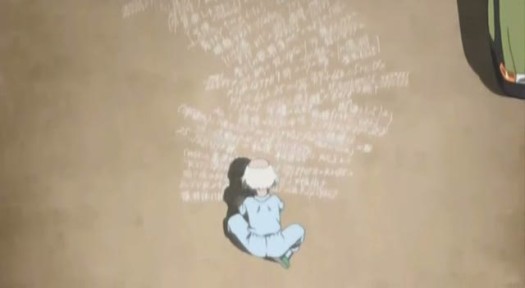
Just don’t fuck with this guy.
Click the circular button below to Share.




